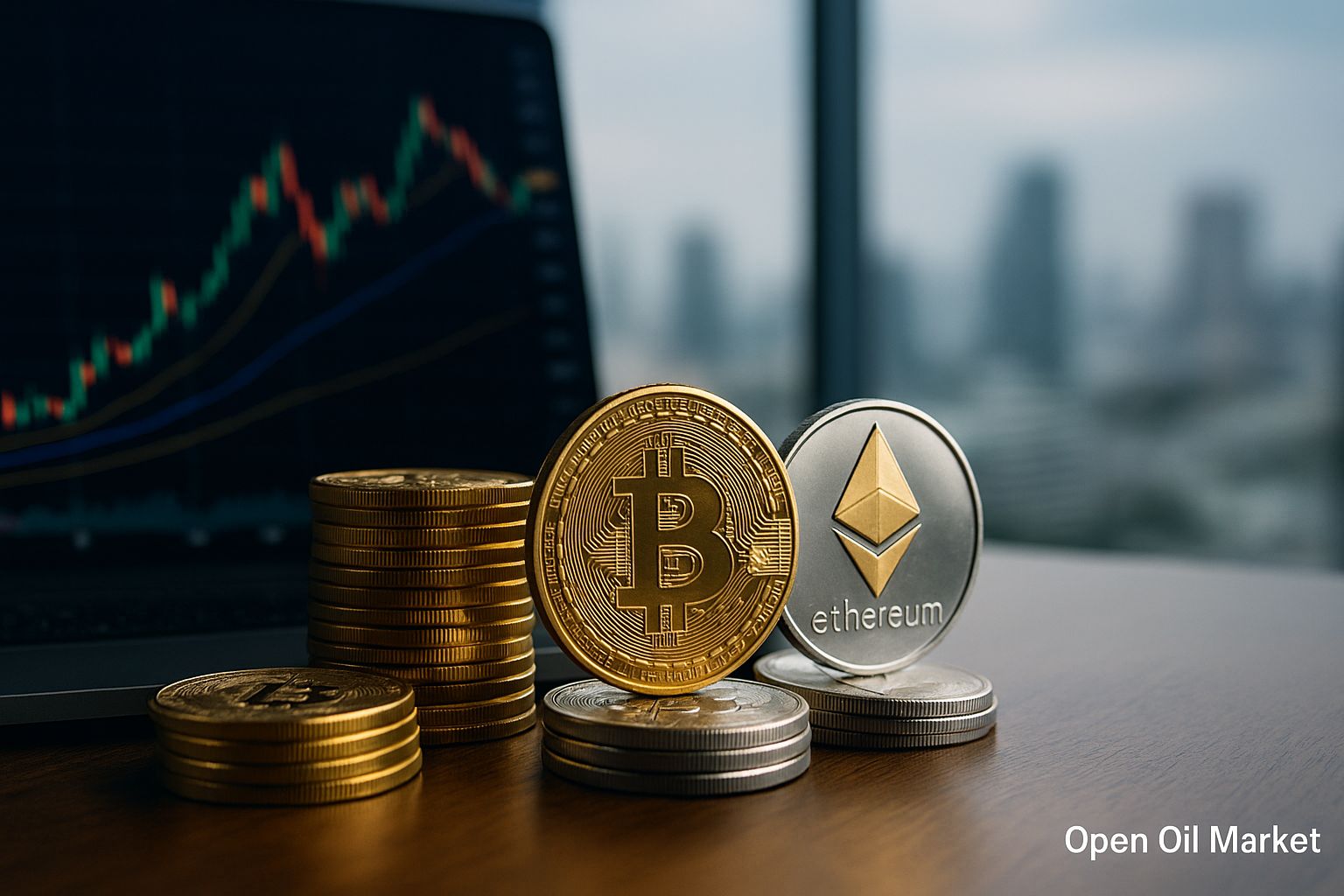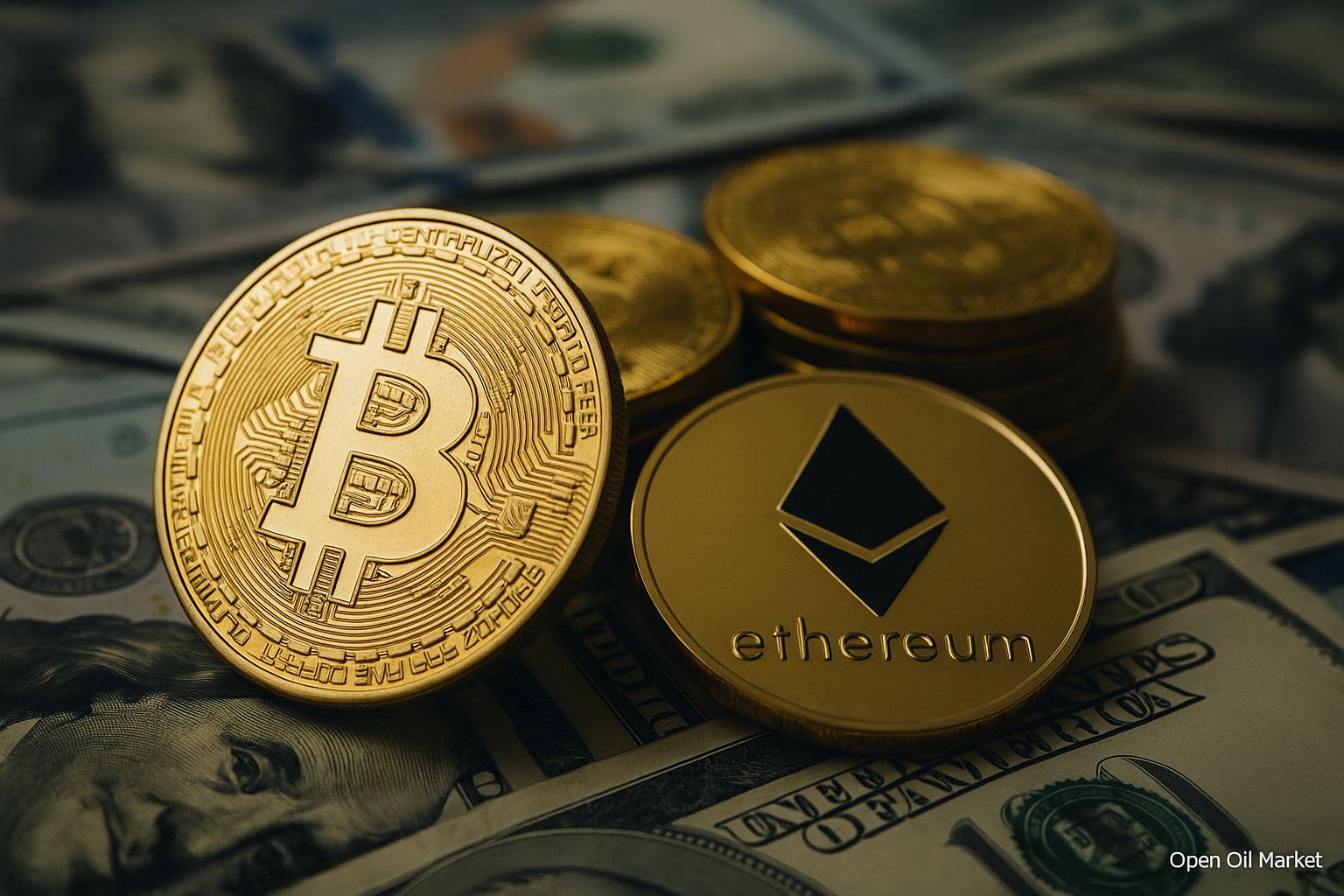
Latest Startup and Venture Capital News for Tuesday, November 18, 2025: The Return of Mega Funds, Record AI Rounds, Revitalization of IPOs, M&A Wave, Interest in Crypto Startups, and New "Unicorns". A Comprehensive Review for Venture Investors and Funds.
By mid-November 2025, the global venture capital market is confidently continuing its recovery after a downturn over the past few years. According to industry analysis, the total volume of venture investments in the third quarter of 2025 reached approximately $97 billion—almost 40% higher than the previous year, marking the best quarter since 2021. The "venture winter" of 2022-2023 is behind us, and the influx of private capital into technology startups is noticeably accelerating. Large funding rounds and the launch of new mega funds signal a return of risk appetite among investors, though they continue to act selectively and cautiously.
The venture boom is evident across all regions. The U.S. leads the way (especially in the AI segment), investments in the Middle East have doubled, Germany has outpaced the UK for the first time in Europe, and growth in India and Southeast Asia is compensating for the decline in China. Tech hubs are emerging in Africa and Latin America, while the startup scenes in Russia and the CIS are striving to keep pace despite restrictions. Overall, the global market is gaining strength, although investors remain selective—primarily investing in the most promising and resilient projects.
- Return of Mega Funds and Major Investors. Leading venture players are raising record capital and reinjecting it into the market, rekindling risk appetite.
- Record AI Rounds and New Unicorns. Mega funding rounds in artificial intelligence are driving up startup valuations and giving rise to a new generation of "unicorns."
- Revival of the IPO Market. Successful technology company public offerings and new listing plans confirm that the long-awaited "window" for exits has reopened.
- Diversification Across Sectors. Venture capital is flowing not only into AI but also into fintech, green technologies, biotech, defense projects, and other sectors—broadening the investment focus.
- Wave of Consolidation and M&A. Major mergers and acquisitions are reshaping the industry landscape, creating opportunities for profitable exits and accelerated company growth.
- Renewed Interest in Crypto Startups. Following the crypto winter, blockchain projects are once again receiving significant funding and investor attention.
- Local Focus. New funds and initiatives are emerging in Russia and the CIS to support local startups, attracting investor interest despite external constraints.
Return of Mega Funds: Big Money Back in the Market
The largest investment funds and institutional players are re-entering the venture arena—this indicates a renewed appetite for risk. Following a decline in VC fundraising during 2022-2024, leading firms are resuming capital raises and launching mega funds, demonstrating confidence in market potential. For example, the Japanese conglomerate SoftBank is forming the Vision Fund III with a target of about $40 billion, while in the U.S., Andreessen Horowitz is raising a record fund of approximately $20 billion with a focus on late-stage investments in AI startups.
Sovereign wealth funds from the Middle East are also becoming more active, injecting billions of dollars into high-tech projects. Concurrently, dozens of new funds are emerging across various regions, attracting significant institutional capital for investments in technology companies. The return of such "mega structures" signifies that startups have more funding opportunities, and the competition among investors for the best deals is intensifying.
Record Investments in AI: A New Wave of Unicorns
The artificial intelligence sector is the main driver of the current venture boom, showing record funding volumes. Approximately half of all venture investments in 2025 are directed toward AI startups, and global investments in AI could exceed $200 billion by the end of the year—an unprecedented level for the industry. This frenzy is attributed to the promise that AI technologies will significantly enhance efficiency across many sectors and unlock multi-trillion dollar markets—from manufacturing automation to personal digital assistants. Despite warnings of overheating, funds continue to increase their investments, fearing they might miss the next technological revolution.
The massive influx of capital is accompanied by its concentration among industry leaders: the lion's share of investments is going to a select few top players. For instance, French startup Mistral AI has raised around $2 billion, while OpenAI has secured approximately $13 billion; both of these mega rounds have significantly inflated company valuations. Such deals escalate startup valuations while simultaneously focusing resources on the most promising directions, laying the groundwork for future breakthroughs. In just the past few weeks, several companies have announced major rounds, including British firm Synthesia (which raised $200 million at a valuation of around $4 billion to develop its video generation AI platform) and American company Armis (which received $435 million in a pre-IPO round at a valuation of $6.1 billion to expand its IoT cybersecurity platform).
Revival of the IPO Market and Exit Prospects
Against the backdrop of rising valuations and capital influx, technology companies are actively preparing to go public again. Following nearly two years of inactivity, there has been a surge in IPOs as a key exit mechanism for venture investors. Several successful listings have confirmed the opening of a "window" of opportunities. For example, American fintech unicorn Circle recently went public with a valuation of around $7 billion—this debut has restored investor confidence that the market is ready to absorb new tech issuers. Following this, a number of large private companies are eager to take advantage of the favorable conditions. Even OpenAI is considering its own IPO in 2026 with a potential valuation up to $1 trillion, which would be an unprecedented event for the industry.
Improved market conditions and greater regulatory clarity (e.g., the passage of stablecoin laws and the anticipated approval of Bitcoin ETFs) instill confidence in startups: the public market has again become a viable option for capital raising and exits for investors. The revival of successful IPOs is critically important for the entire venture ecosystem, as profitable exits allow funds to return capital and direct it into new projects, closing the investment cycle.
Diversification Across Sectors: Broadening the Investment Horizon
In 2025, venture investments are covering a far wider range of sectors and are no longer limited to just AI. After last year's downturn, fintech is bouncing back: large funding rounds are taking place not only in the U.S. but also in Europe and emerging markets, fueling the growth of new financial services. Simultaneously, driven by sustainability, investors are actively funding climate and "green" projects. Space and defense technologies are also gaining traction—funds are increasingly investing in aerospace startups, drone systems, and cybersecurity firms.
Thus, the investment focus is significantly widening: in addition to AI innovations, venture capital is actively flowing into fintech, renewable energy, biotech/medtech, defense projects, and other fields. This diversity makes the startup ecosystem more resilient and reduces the risk of overheating in any one particular market segment.
Wave of Consolidation and M&A Deals
High startup valuations and intense competition for markets have led to a new wave of mergers and acquisitions. Major tech corporations are again venturing into M&A to acquire promising teams and technologies. For example, Google has agreed to acquire Israeli cybersecurity startup Wiz for approximately $32 billion—a record amount for the Israeli market. This activity shows that the ecosystem has matured: mature startups are merging with one another or becoming acquisition targets for companies, while venture funds are gaining opportunities for much-anticipated profitable exits and capital return.
Renewed Interest in Crypto Startups
After a prolonged "crypto winter," the market for blockchain startups is visibly revitalizing. In the fall of 2025, funding for crypto projects reached recent multi-year highs: regulators have provided greater clarity (stablecoin laws have been passed, and there are expectations for Bitcoin ETF launches), and financial giants are returning to this market, supporting the influx of new capital. Furthermore, Bitcoin's price has surpassed the psychological threshold of $100,000 for the first time, fueling optimism among investors. Crypto startups that have survived the "cleanout" of speculative projects are gradually regaining trust and again attracting the attention of venture and corporate investors.
Local Market: Russia and the CIS
In Russia and neighboring countries, several new venture funds have emerged in the past year; government agencies and corporations have launched technology startup support programs. Despite a relatively modest total investment volume and persistent barriers (high interest rates, sanctions, etc.), the most promising projects continue to attract funding. The gradual formation of a local venture infrastructure is already creating a foundation for the future—by the time external conditions improve and global investors are able to return more actively to the region.
Conclusion: Cautious Optimism
The venture capital industry is currently characterized by moderately optimistic sentiments. The rapid increase in startup valuations (especially in the AI segment) resembles the dot-com boom era and raises concerns of overheating. However, the current excitement simultaneously directs colossal resources and talent into new technologies, laying the foundation for future innovative breakthroughs. By the end of 2025, the startup market is clearly revived: record funding volumes are being observed, new IPOs are on the horizon, and funds have amassed unprecedented capital reserves. At the same time, investors have become noticeably more discerning, prioritizing investments in the most promising projects with sustainable business models.
The key question remains whether the high expectations for the AI boom will be justified and whether other sectors can match its appeal. So far, the appetite for innovation remains high, and the market looks to the future with cautious optimism.




